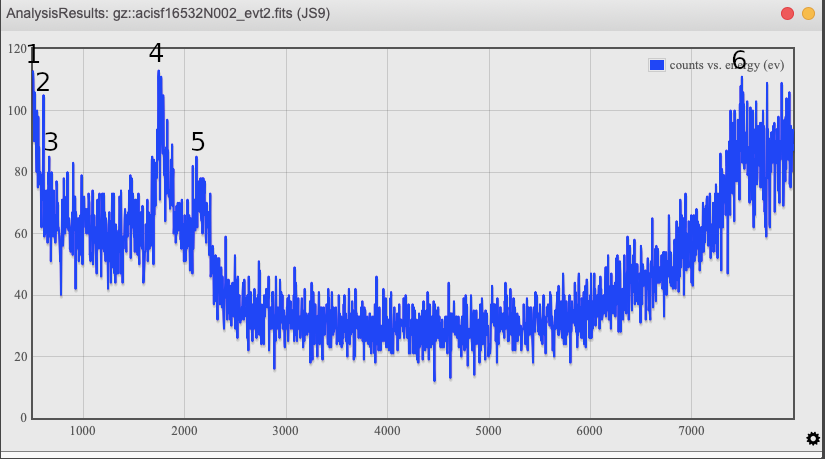Then, I have calculated the percentage of each element with respect to the total area.
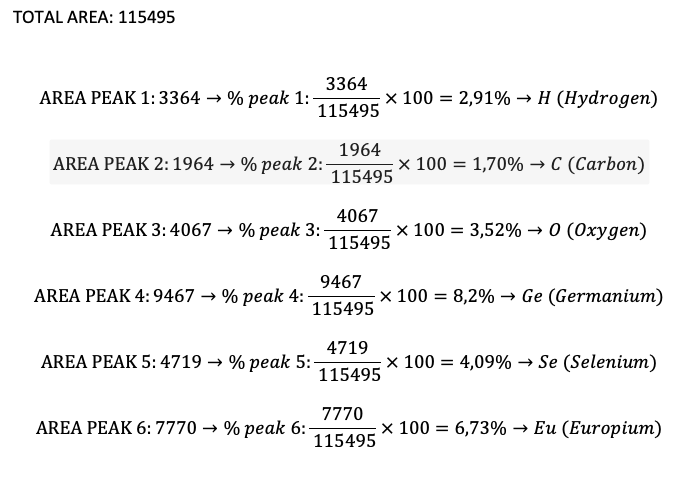
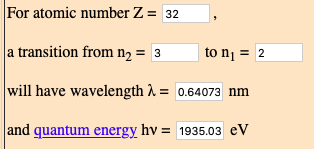
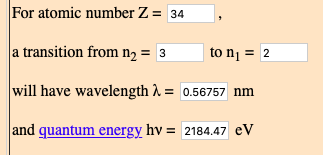
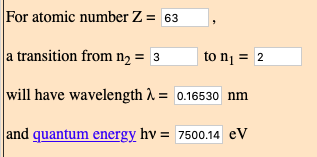
The results I have obtained are the following:

- According to Balaz, L. G. et al (1996) energy produced by, principally, of hydrogen. Other chemical elements are oxygen and carbon.
The webs where I found this information have been the followings:
Comparison:
- My results with those of other scientists agree that this stellar object is made of hydrogen, oxygen and carbon.
- I, in addition, I have found that this nebula is also formed by germanium, selenium and europium. I have tried searching more scientific articles on google schoolar to see if it, actually, contains these elements, but I have not found any more elements that constitute this nebula.
I have opted to put these elements because the peaks are very clear and I have looked for what energy looked like and was more like the peak. What has made me decide on these elements, is that researching online I found that stellar objects, it is more common to find these elements than not others.
I have looked up the atomic number of the elements that don't match with scientists to show that those peaks match the energies indicated on the graph:
GERMANIUM:

SELENIUM:

EUROPIUM:

I have assumed that these peaks are the elements that I have indicated, but it may be that they aren't these and that it is incorrect because, in this case, the electrons jump from layer 3 to layer 2 and this means that the temperature has to be similar environmental, and therefore is low. But if we increase the layers, the electron volts go up, and for this reason it may be that my analysis is incorrect.
